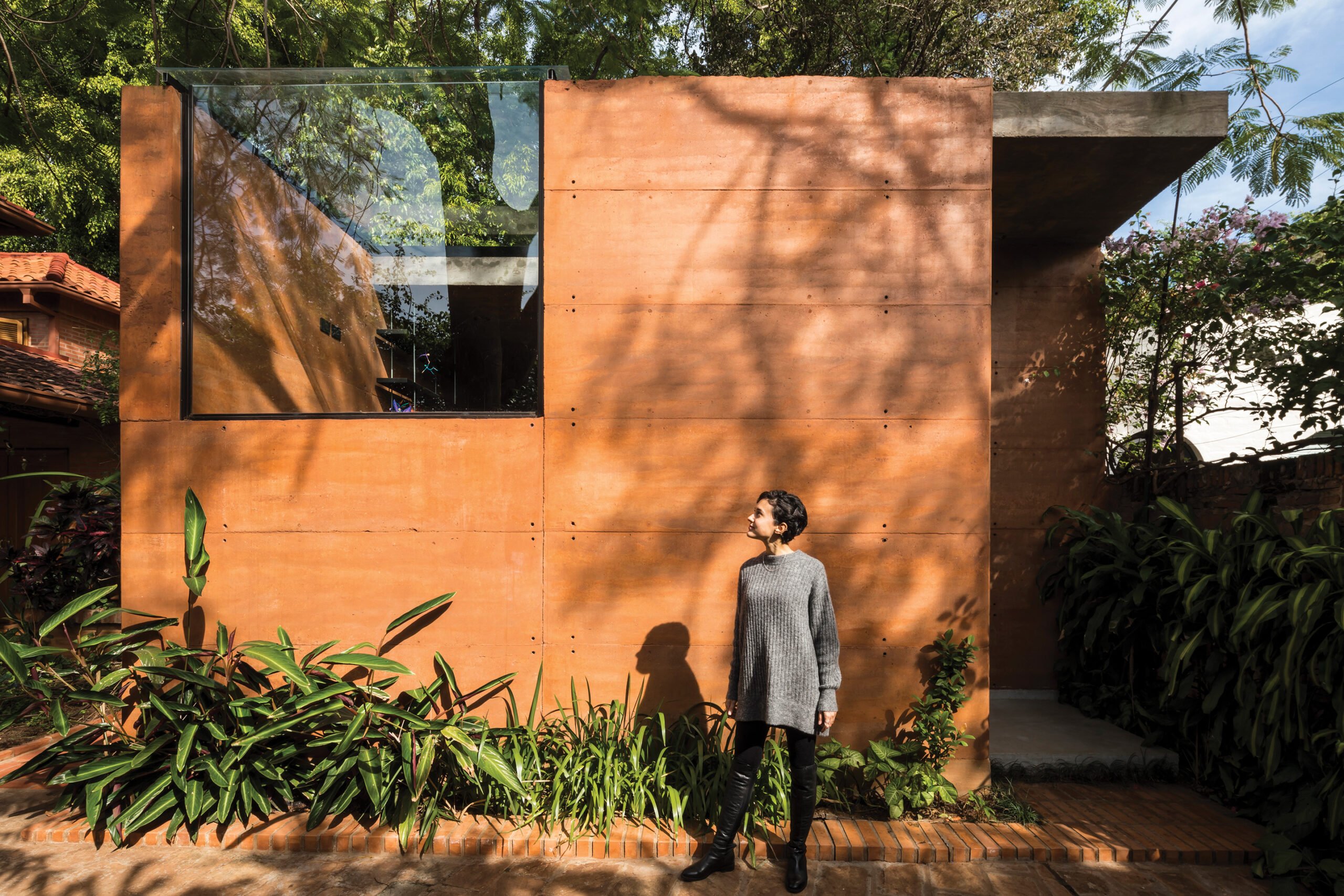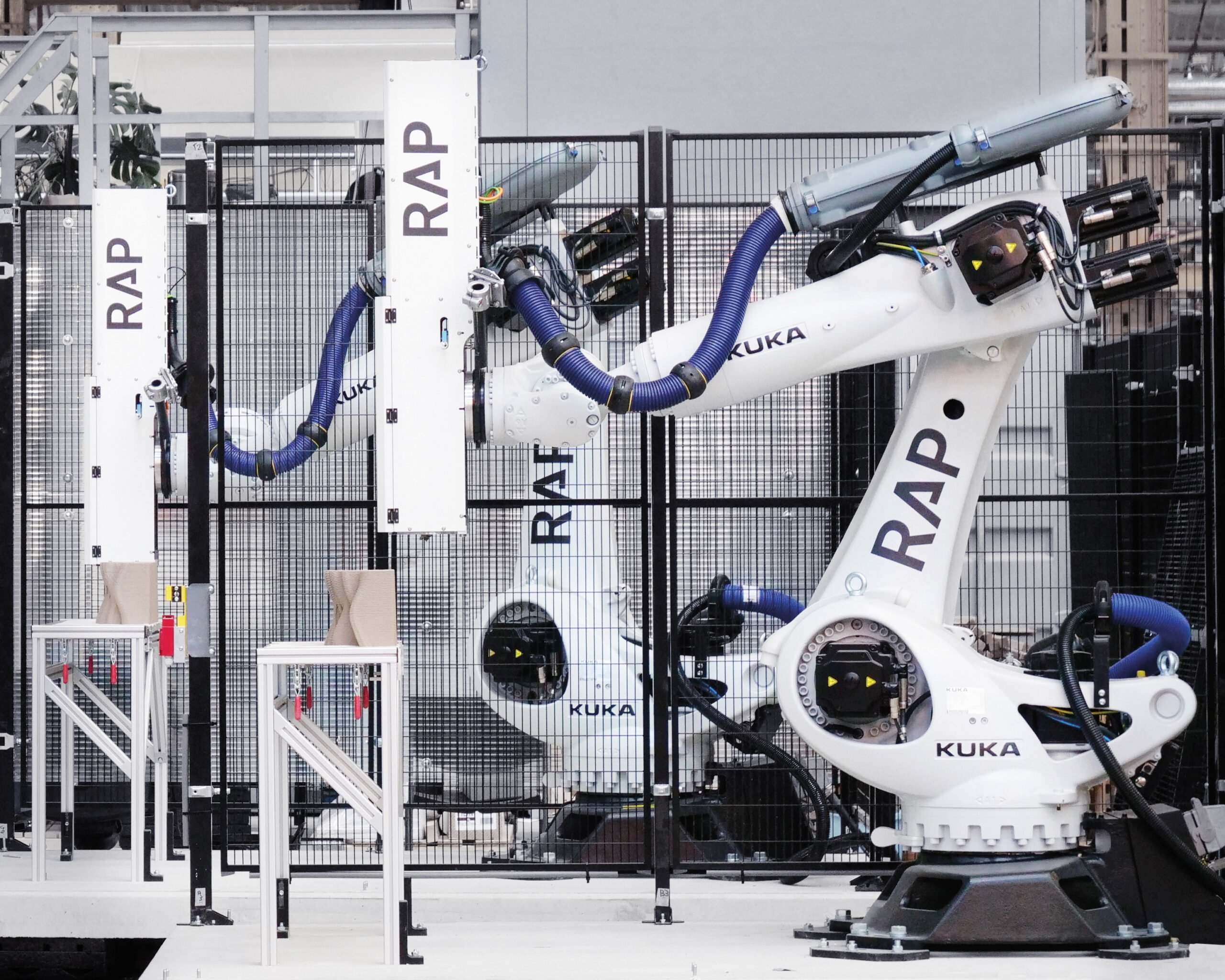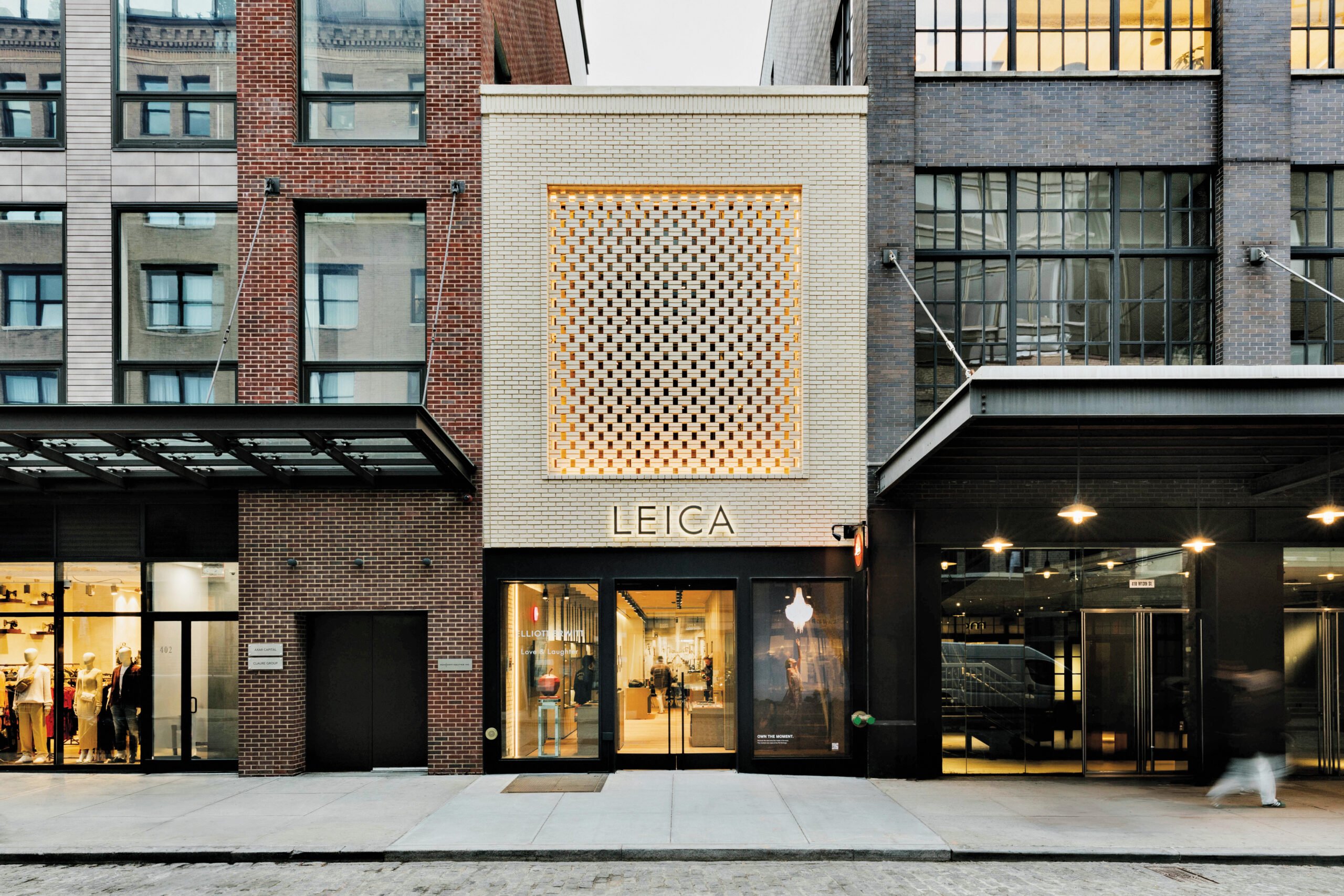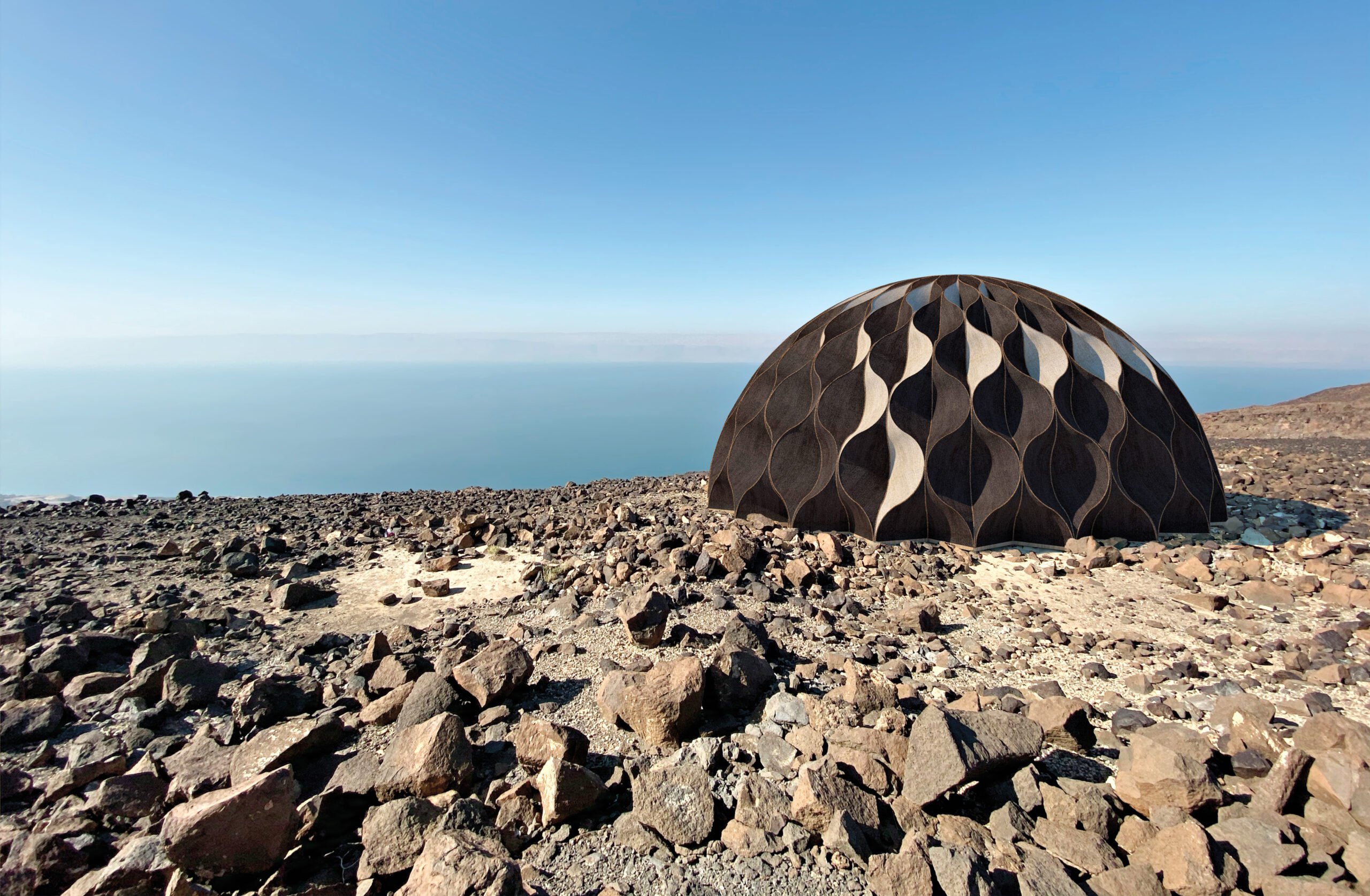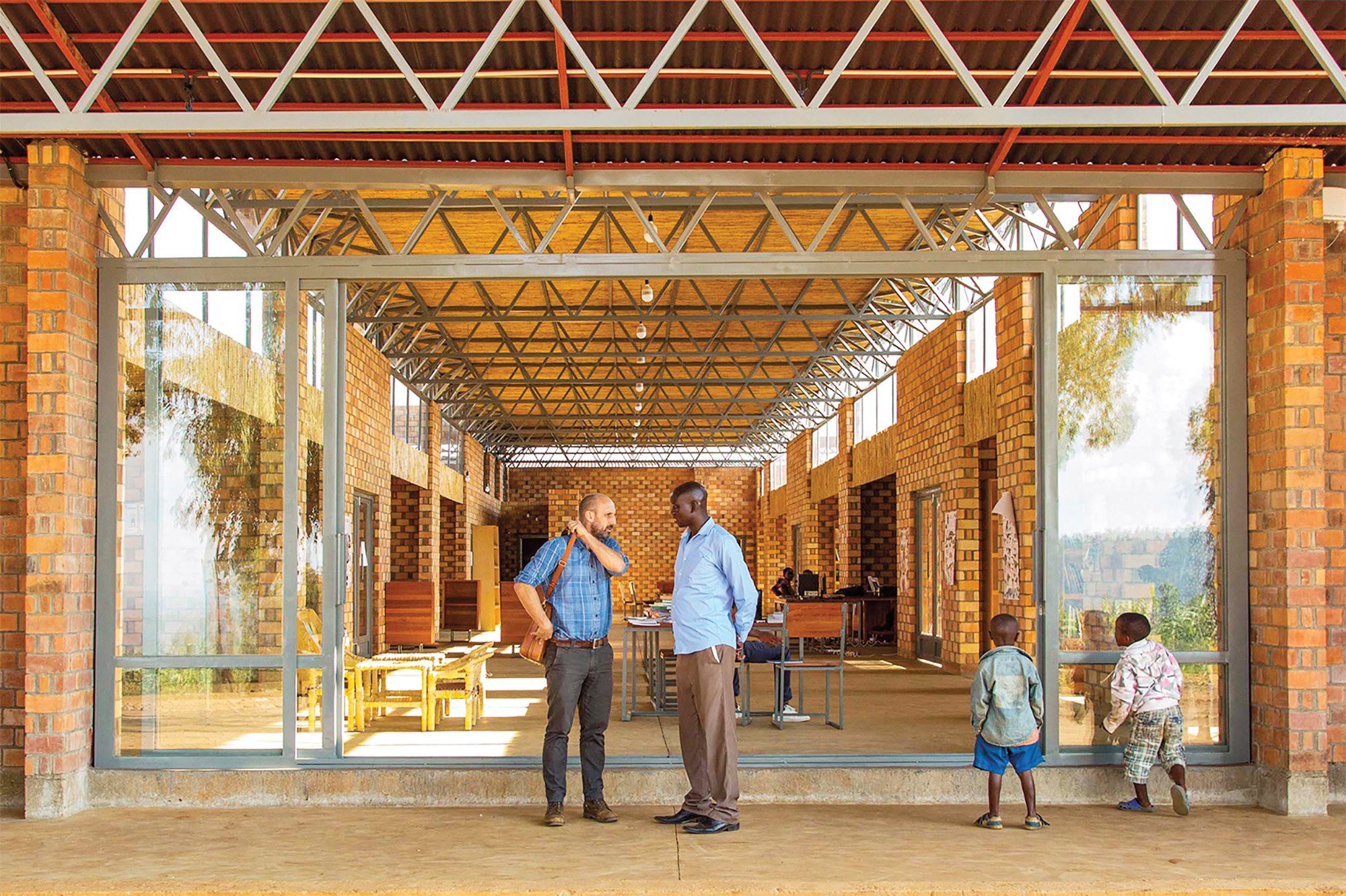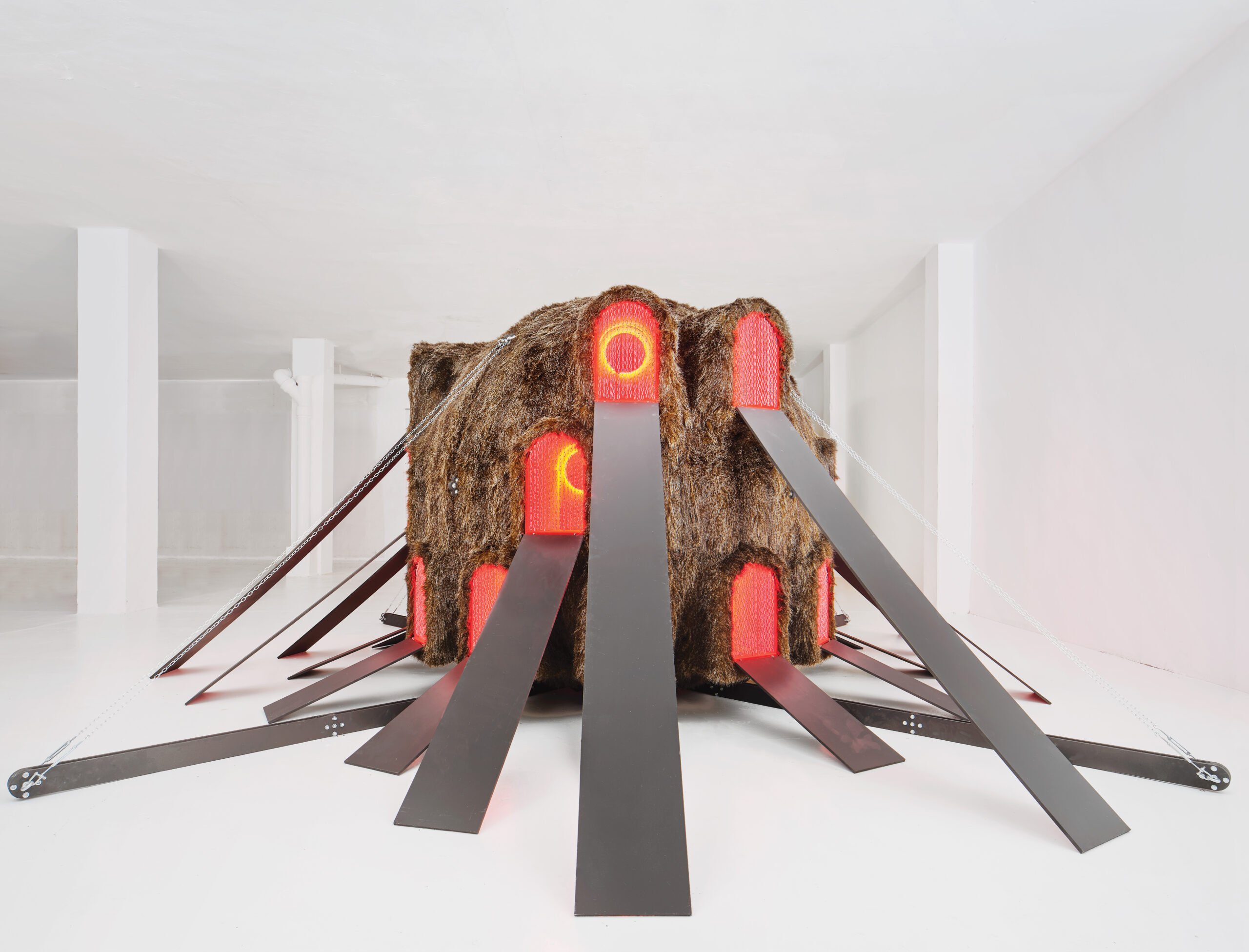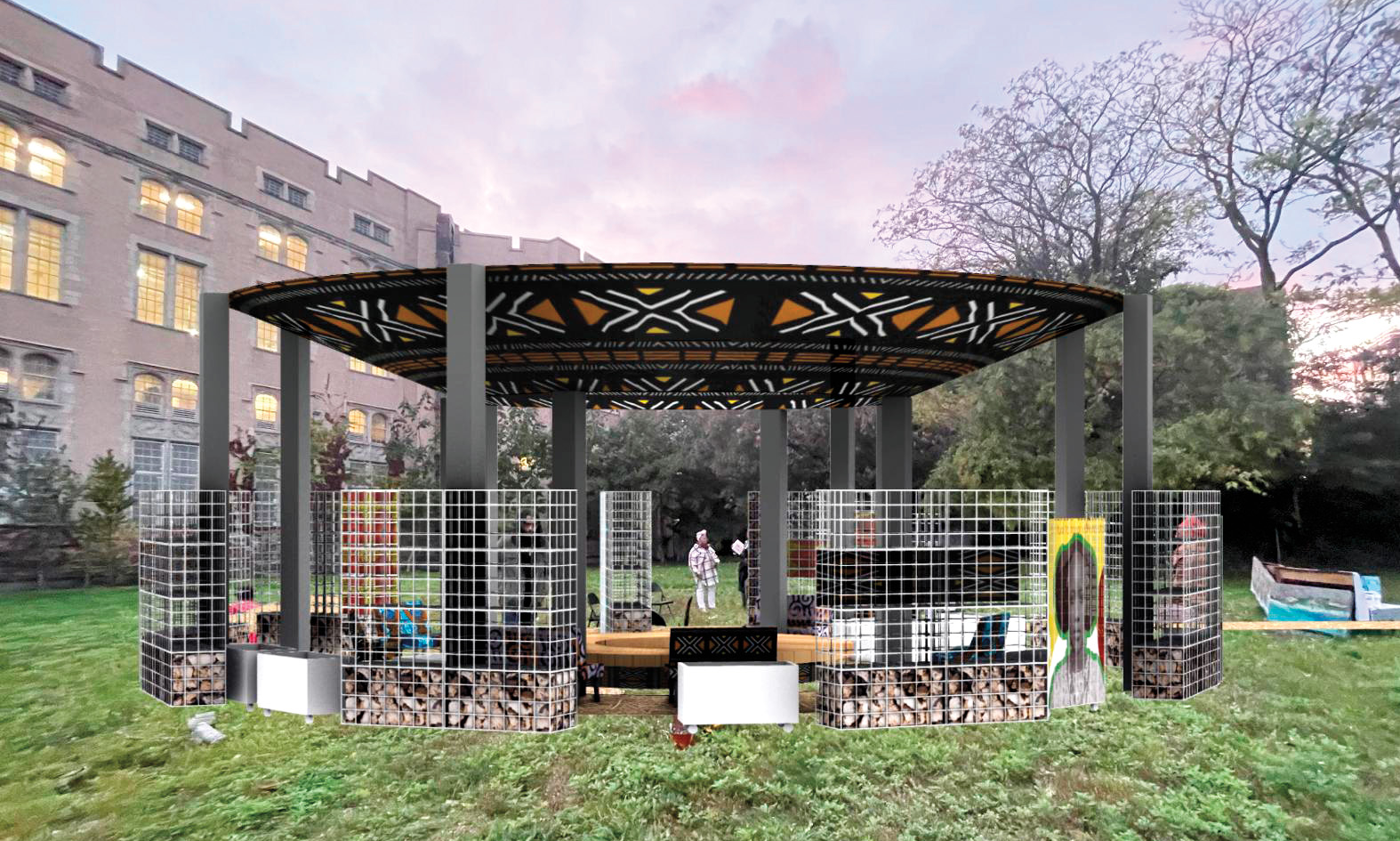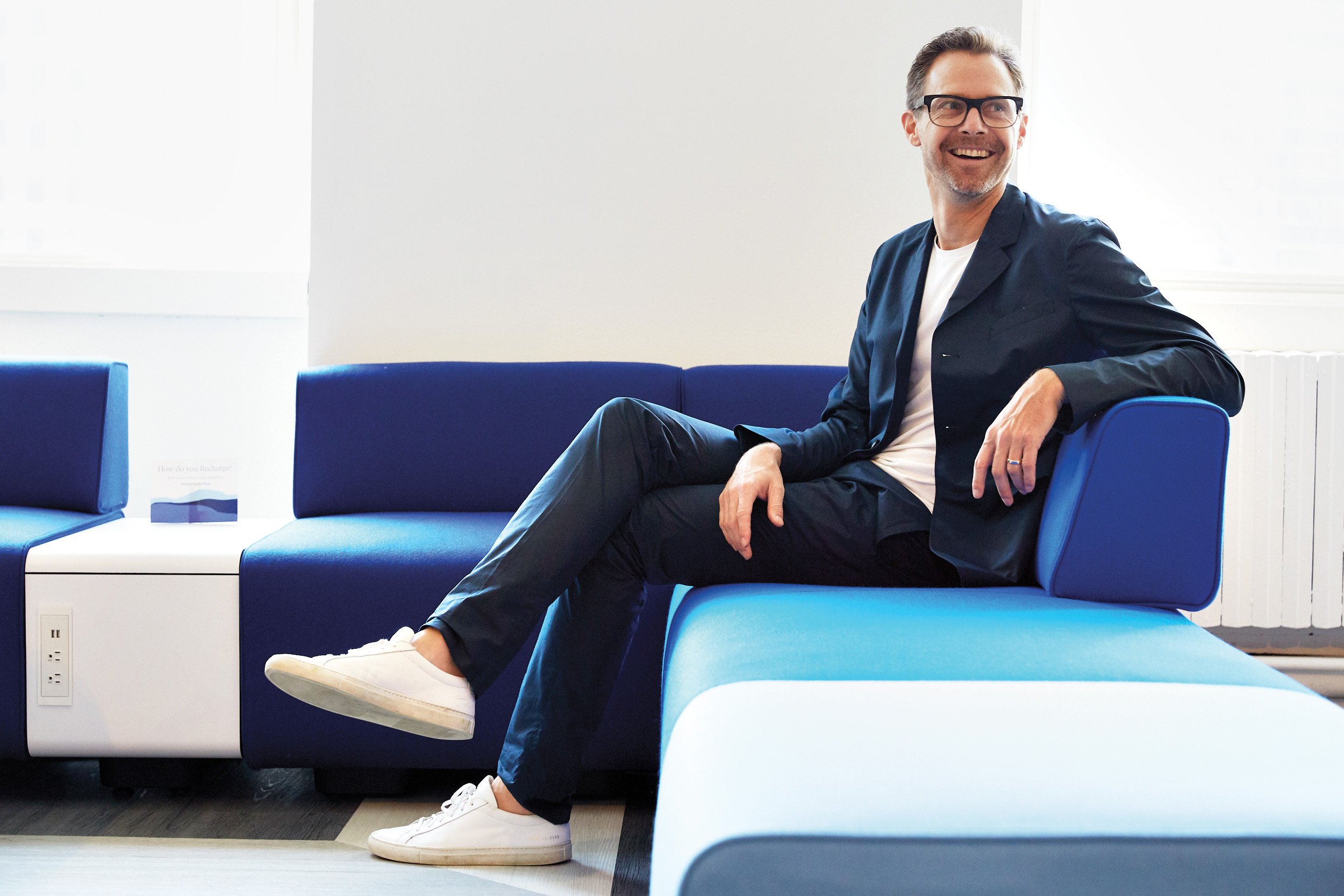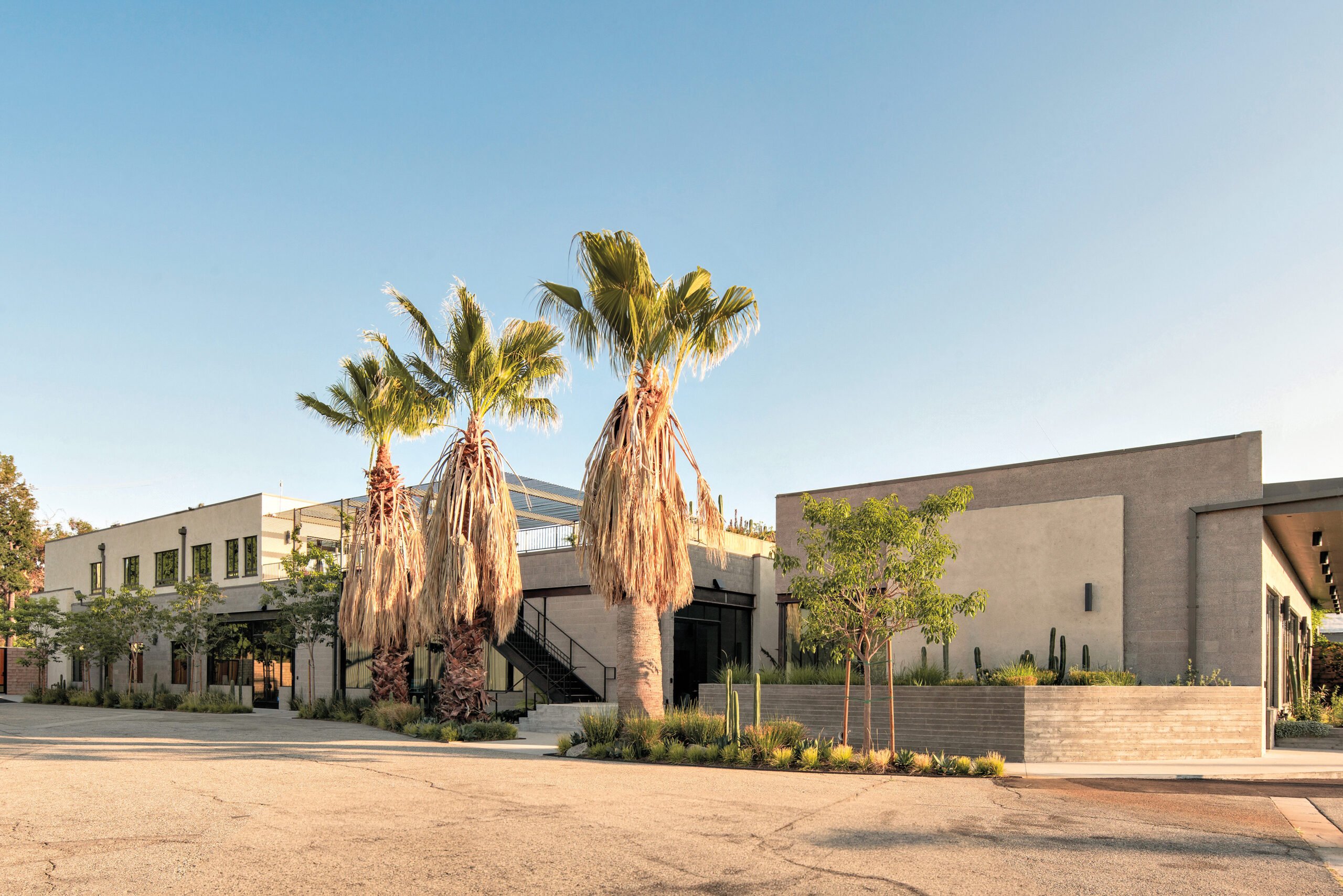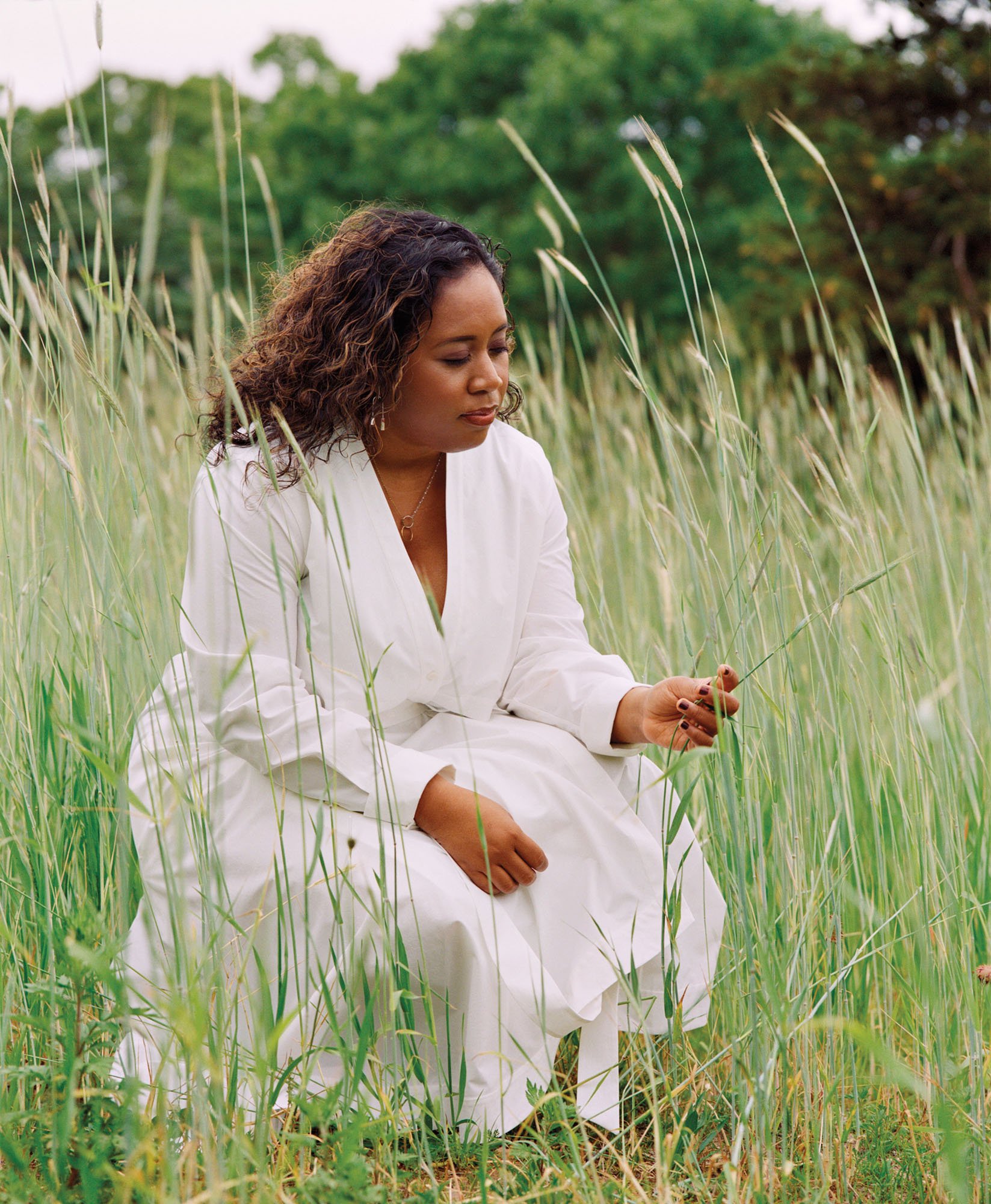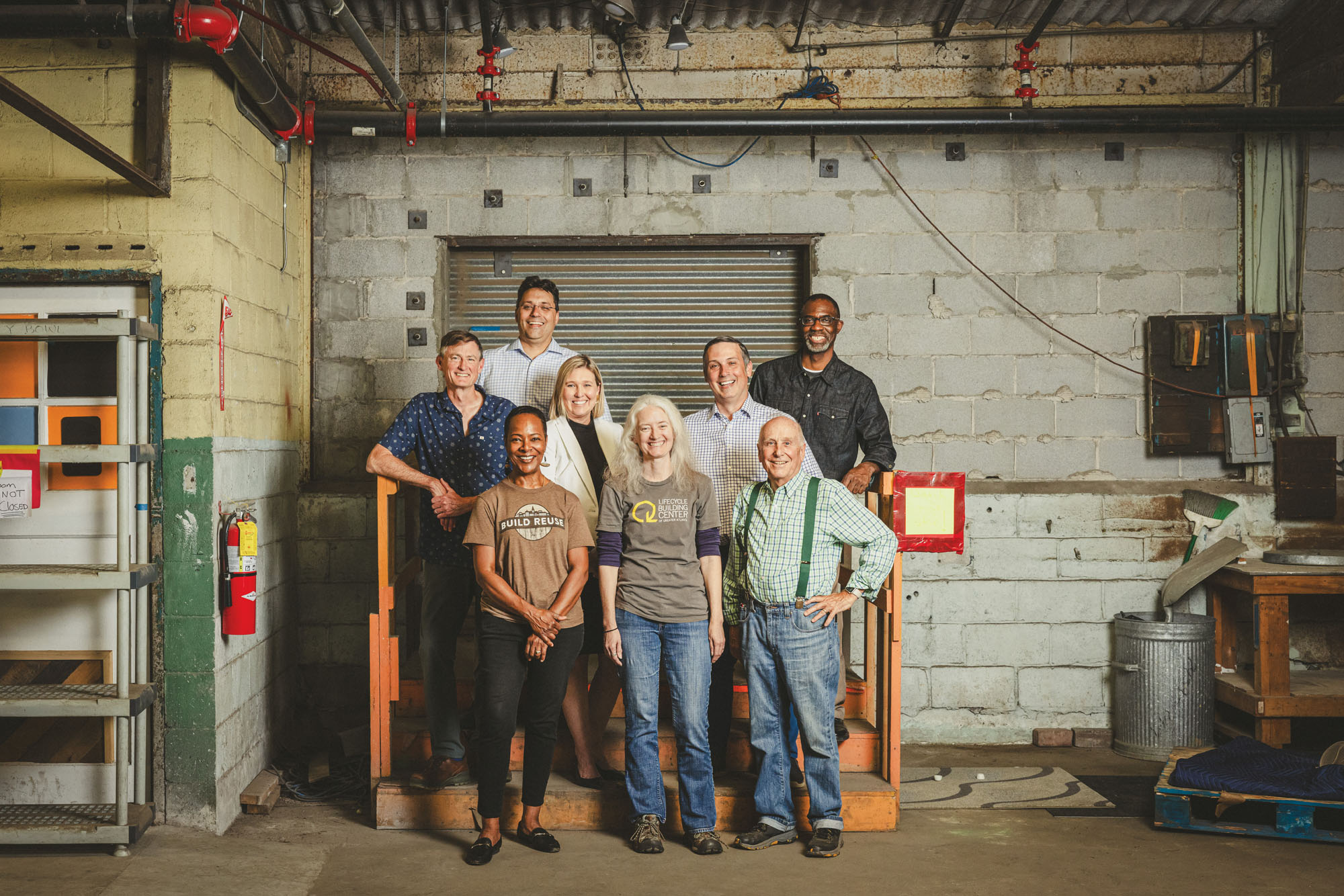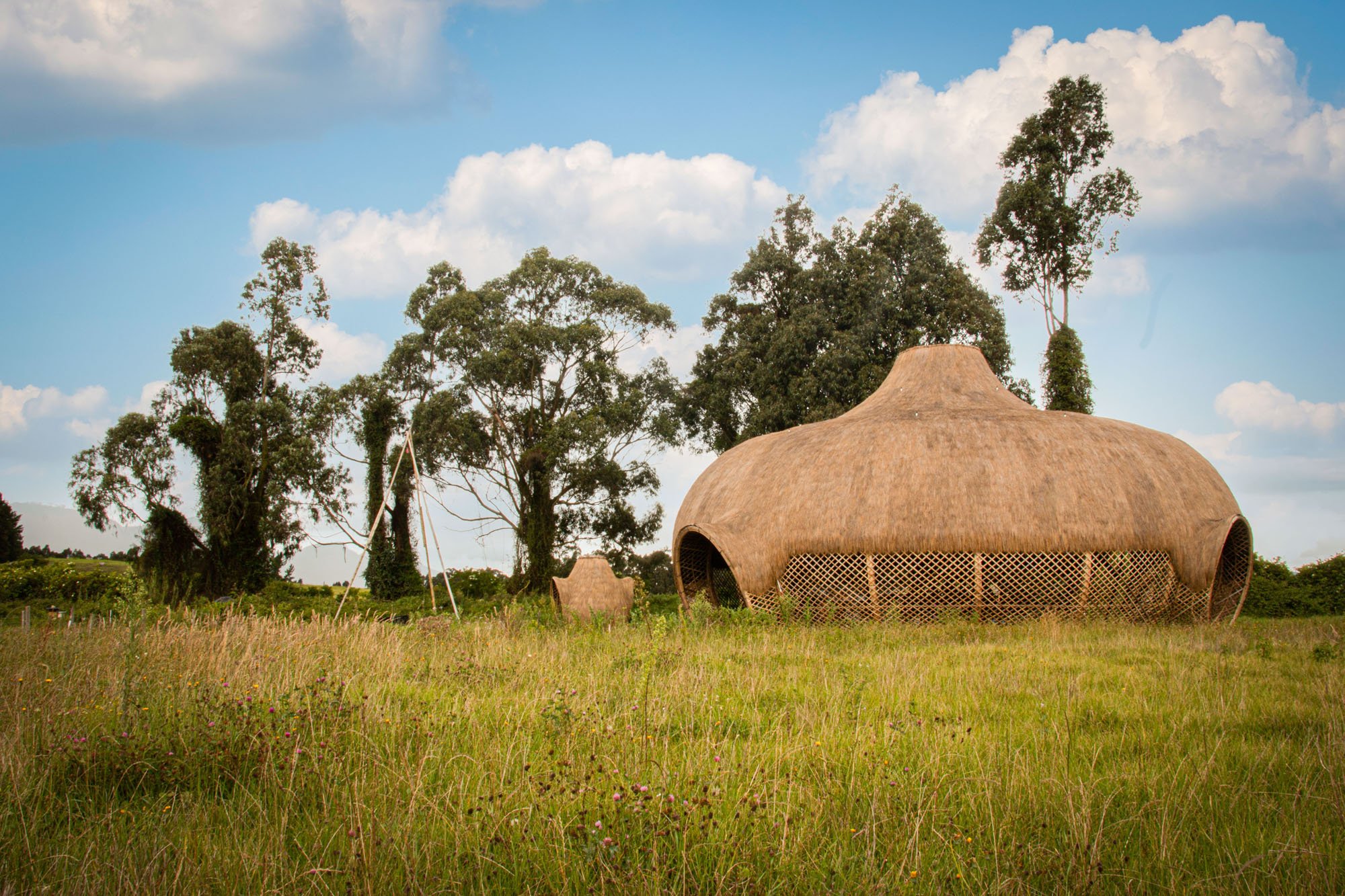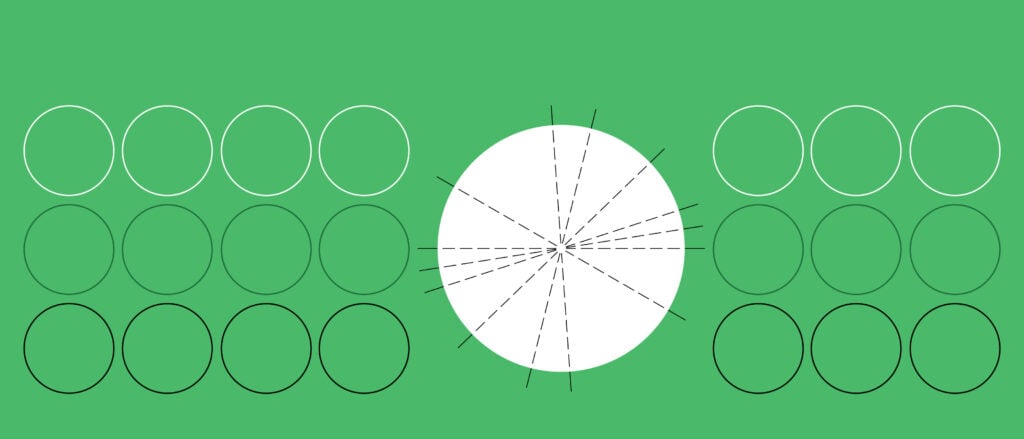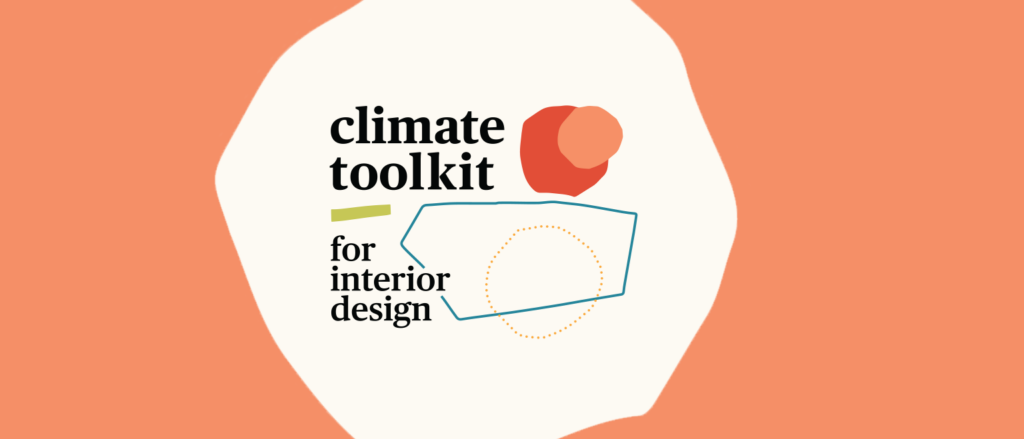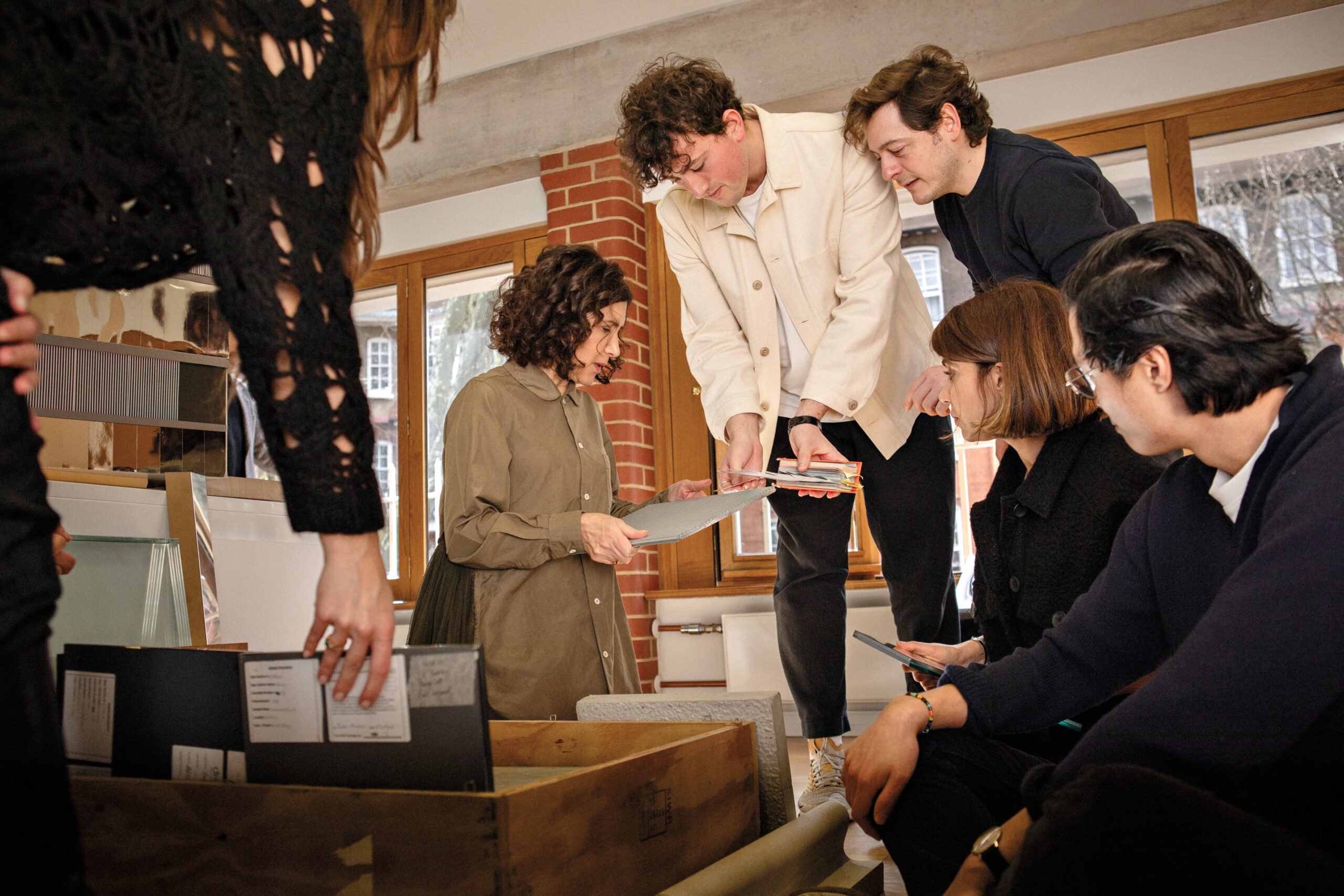
December 23, 2024
The 20 Design Visionaries from METROPOLIS’s 2024 Coverage
8 Visionaries in Practice
If architecture can be understood as an assemblage of “actants”—defined by Farshid Moussavi as the architect, building, and user—it can also be seen as something of a hive mind. For Moussavi, this distributed agency is precisely the point. “Architectural practice is nonlinear,” she reflects.
Read More >
Equipo de Arquitectura’s projects do not blur the line between outdoor and indoor and sky and ground; rather, they “marry” them. In practice, the native landscape and greenery are not perceived to accent these buildings and structures; instead they work in concert to produce a sustainable and inviting space.
Read More >
In a fully digital design process, Studio Rap’s architects send their codes to the robots, which print the clay forms. “It took us more than three years of testing and readjusting the production process again and again,” remembers ter Hall. “But I think it was worth the effort.”
Read More >
Format tends to “think in multiple drafts,” like expanding and contracting a story—always looking to hit that magical underlying mark that makes a design feel balanced in both concrete and emotional terms.
Read More>
Abeer Seikaly’s commitment to exploring both past practices and the cultural contexts in which they were developed is not only admirable but necessary for architecture to adequately address sociopolitical unrest and climate catastrophe.
Read More >
Open Design Collective, General Architecture Collaborative, and Nowhere Collaborative are helping reinvent design practice by creating community-led processes and turning traditional Western design thinking on its head.
Read More >
6 Visionaries in Experience
“My career has gone from a small stream to now a river where some of these ideas can actually permeate the public realm. But for a long time, a lot of these things could not. I’ve been told over and over, ‘Walter, we‘re not ready for that yet.’ “
Read More >
Yinka Ilori’s love of color was inspired by his family, who came to the U.K. from Nigeria. “My dad recently gave me a school report from when I was 8 or 9, which says, ‘Yinka has a great use of color, and enjoys drawing snails and mushrooms.’ ”
Read More >
Beneath the vivid pink structures and avant-garde installations that have become emblematic of the celebrated 14-year-old studio lies an earnest interrogation of the role of architects during fragile times.
Read More >
“I try to pause and understand when someone approaches me about community engagement and [ask myself], What exactly do they mean? For me, it is about how you structure a project in the design phase and how you implement it over time. How do you encourage social cohesion through design?”
Read More >
“There is also a symbolic dimension to furniture where we can explore and communicate value sets through forms and materials. I feel that there is a mysterious quality to great furniture. It’s not just beauty paired with functionality but something else entirely.”
Read More >
All adaptive reuse projects “are bred with a measure of surprise,” says Breland. “Anachronistic building techniques, existing nonconforming conditions, deterioration, and structural failure—all add to the complexity of these projects.”
Read More >
6 Visionaries in Sustainability
Mae-Ling Lokko’s work lays bare both the potential and challenges of using biomaterials in the built environment. As populations swell and the construction world grows ever hungrier, we’d be wise to take heed.
Read More >
MODU calles their approach “indoor urbanism,” which privileges the blurred boundary between interior space and exterior space. This space–straddling open and closed, artificial and natural–deserves architects’ keen attention, especially as the planet warms.
Read More >
Waechter has been studying and developing projects to expand knowledge of Mass Timber in Oregon and test its construction efficiencies, energy performance, and cultural and market adoption across design typologies.
Read More >
Goodman and her team assess projects for deconstruction, help salvage and collect materials, store and redistribute those materials to nonprofits and disadvantaged communities, lead job trainings to create a workforce of people who are skilled in deconstruction and construction, and more.
Read More >
ioneering educators in low-impact construction techniques, alternative technologies, and ecological restoration in Colombia, Organizmo has worked with communities to develop sustainable habitats and new modes of cultural expression.
Read More >
For the last several years, Fleming’s studio course titled “Designing a Green New Deal: The Spatial Politics of Our Response to Climate Change” has been exploring the roles designers will play in managing the nation’s response to climate change.
Read More >
Would you like to comment on this article? Send your thoughts to: [email protected]
Resources from METROPOLIS
Viewpoints
7 Proposals for a Circular Built Environment
Discover the forward-thinking solutions developed during the METROPOLIS Circular Future Hackathon, which invited sustainability advocates to reimagine how we design and construct.
Viewpoints
Discover the Climate Toolkit’s Latest Updates for Interior Designers
The Climate Toolkit for Interior Design has been re-organized to reflect the different stages of projects, and the information needed for each.
Viewpoints
32 Adaptive Reuse Projects for a Better Future
Through decades of coverage, METROPOLIS rounds up the best adaptive reuse stories and projects from around the globe.




